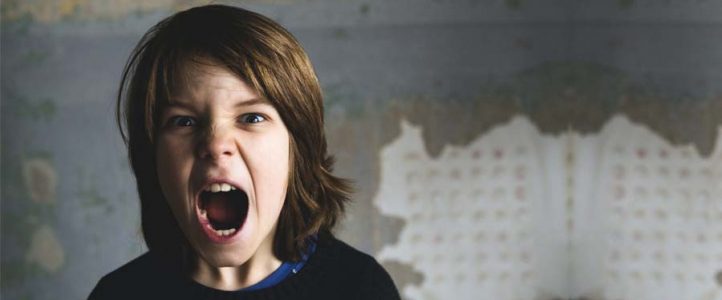
How Do I Respond to Children Impacted by Adverse Childhood Experiences (ACEs)?
Many of our educators have had some training on ACEs. This study does an excellent job of helping educators understand the long-term implications of trauma. We understand how and why trauma impacts children. In addition, we understand that without responsive systems, interventions, and interactions, the long term impact of trauma on a child has tremendous costly implications to the individual, their family, and society. A frequent question from educators is “so what do I do about it?” Educators want to help; they want to bring children forward. That is why they became educators. They have to be trained in very specific techniques and strategies that assist children who have been traumatized. It is not enough just to know that trauma has impact, we understand that. It is not enough to know about the limbic system and that the flight, fight, freeze response exists, we understand that. We have to know how we position ourselves to be an effective responder, and implement systems that assist children impacted by trauma.
How Do I Respond to Explosive Behavior?
The best thing adults can do around children that dysregulate easily is be masterful in the management of your own emotional state and create a culture of calm. One must ensure that their face or body does not actually reinforce dysregulation. Only seven percent of communication is words. What remains is nonverbals such as the look on our face and the tone of our voice. When children are dysregulated at a high level, and operating within the limbic system of their brain, we must keep in mind that the limbic system of the brain has no language. Therefore, children are reading nonverbals and will respond to the definition they give to what they see. Adults have to be very purposeful in their ability to manage what a child sees. In addition, we must maintain an awareness of who else is observing the situation. As the manager of the space, adults need to show other students that the adult can manage the situation, and the adult can manage their own emotions. We must model the skills we want to teach so kids can observe and practice.
What About the Impact on the Other Kids?
When dysregulated children learn to regulate their emotions, it helps all children. It is hard for other kids to see children that struggle to regulate their emotions or their physicality. Sometimes our children are exposed to big displays of behavior that are hard to watch, or hear, or be around. Kids who see these sorts of things from other children want that child to be okay. They do not want them to experience what they are experiencing. They want them to feel better. Kids understand that there are adults in schools whose roles are different from classroom staff, that some adults help kids outside of the classroom, and that is okay. Teachers can learn to normalize through language that does not shame or blame children that struggle. The teachers understand that they need to learn a new set of skills and that is what schools do. We teach kids new skills.
For more information on Teach to Heal, please click here to contact Teach to Heal team.
